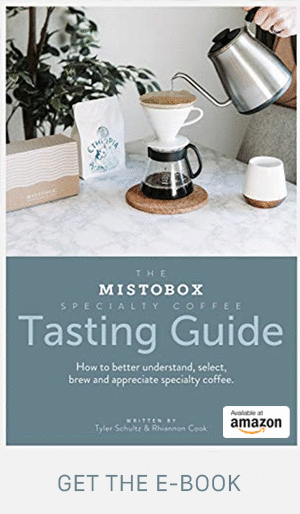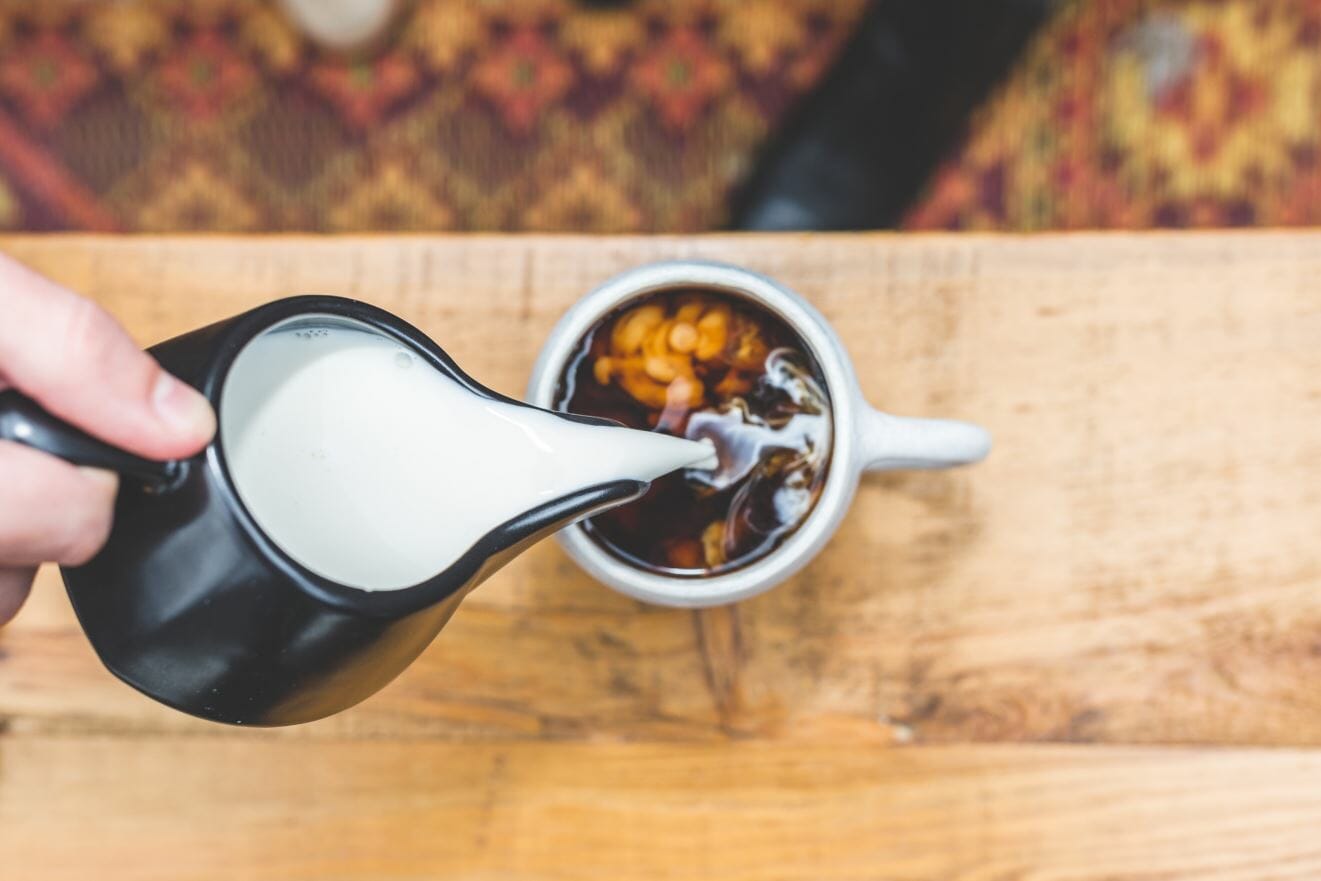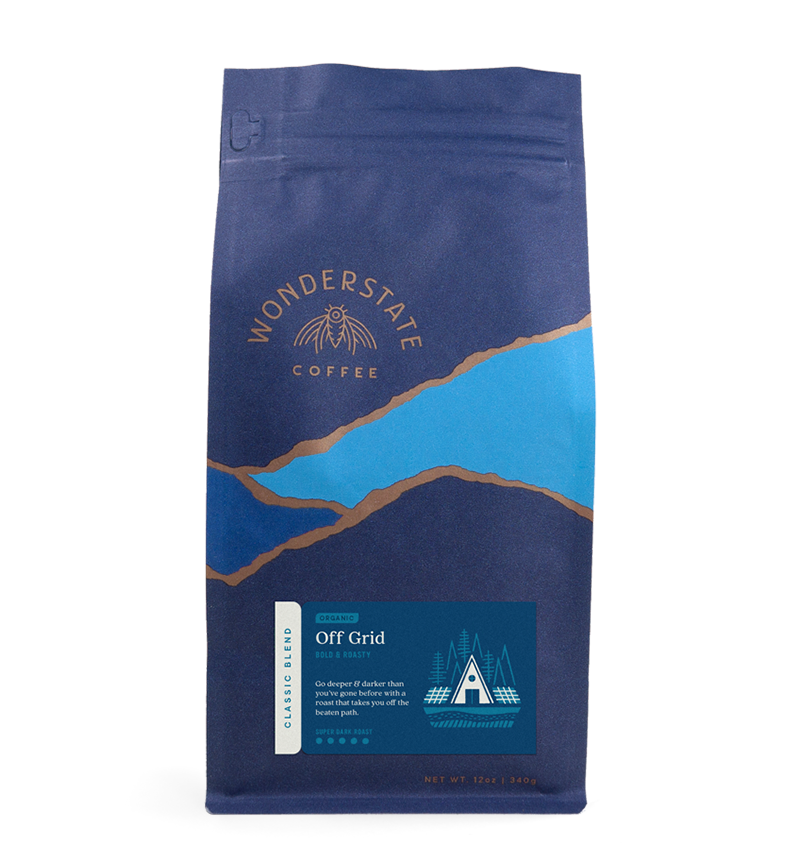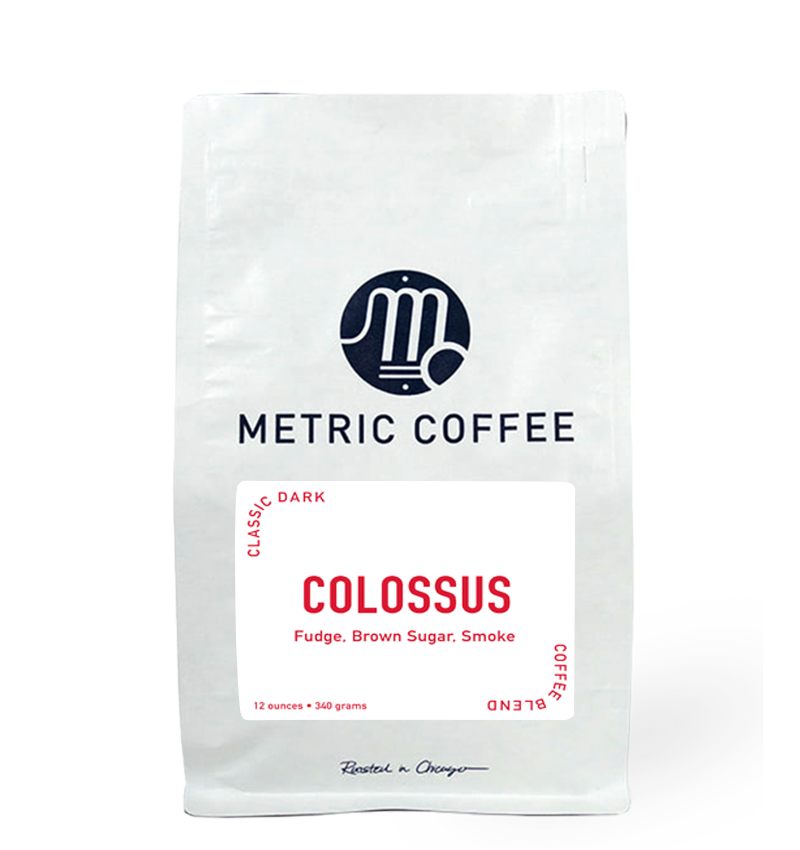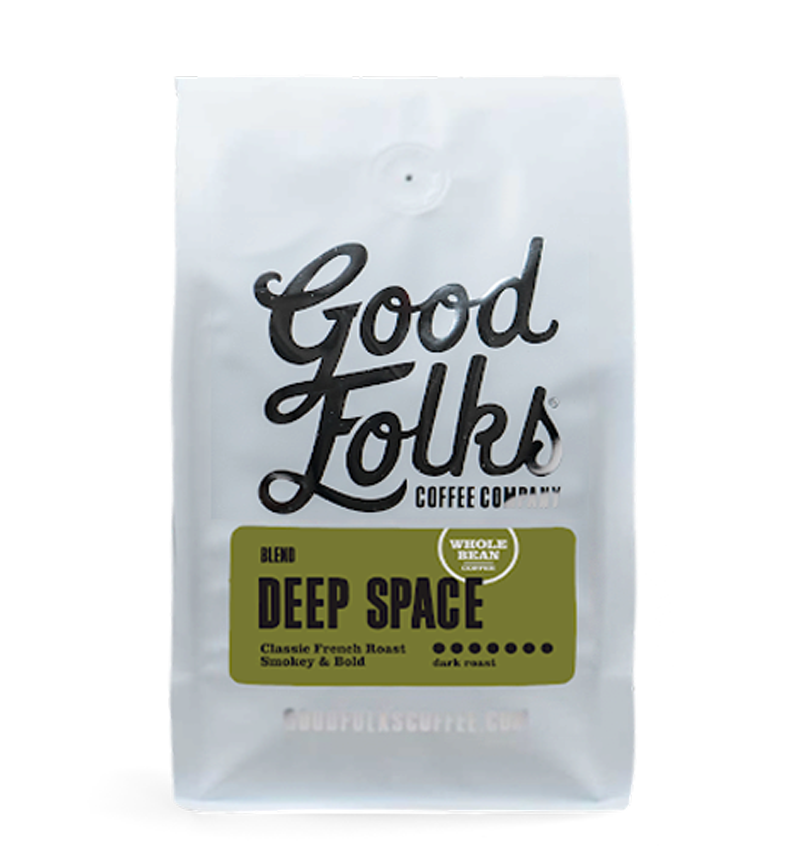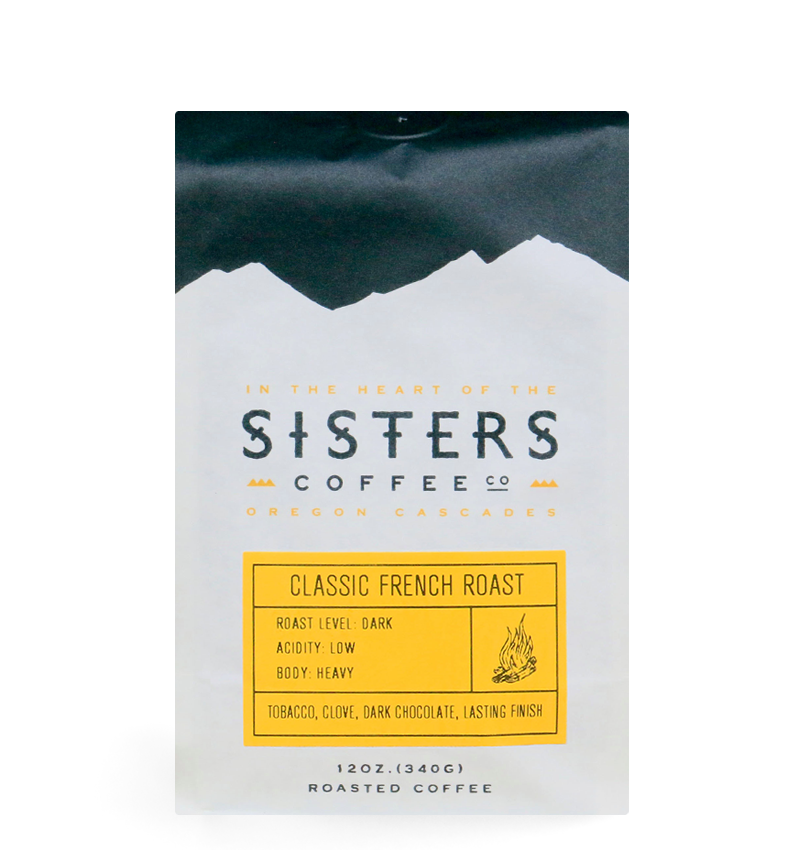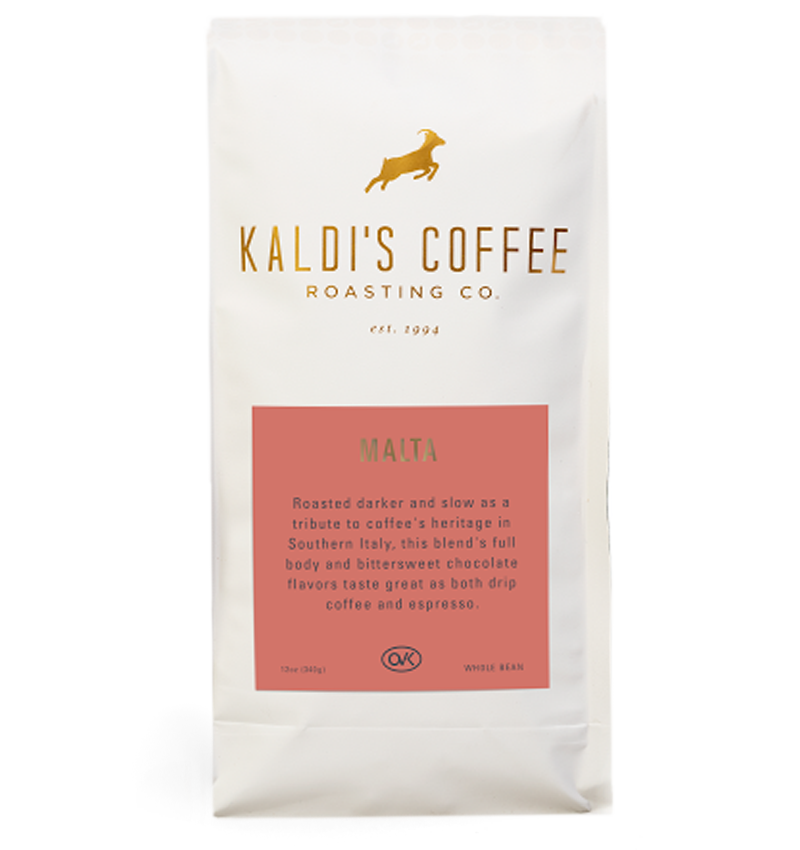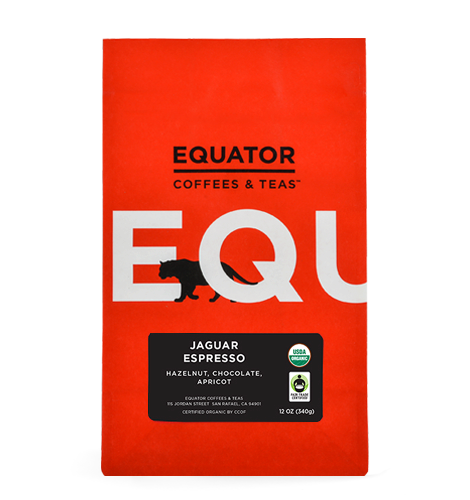Everyone has a preference when it comes to how they take their coffee. In the world of specialty coffee there can be a negative stigma about adding milk to your brew, but in truth there are coffees that are enhanced by milk and coffees that are at odds with it. How you prefer to take your brew will determine which types of coffee you’ll ultimately enjoy.
The Negative Stigma of Adding Milk to Coffee
Maybe you’ve had an experience at a specialty coffee shop where milk products weren’t readily available or you even might have been flat out refused milk. For some coffee professionals, adding milk in coffee can cause frustration because not every coffee is intended to taste good with milk. In fact, the majority of good specialty coffee should taste naturally sweet and delectable without the addition of milk or sugar. Much effort, work, and time were put into that cup from its harvest to the roasting to make it taste delicious on its own. This is where some of the frustration and milk aversion can stem from. When you take a really great (and expensive) specialty coffee that isn’t enhanced by milk and add a creamer product to it, it can be like taking a bottle of Dom Pérignon champagne and using it to make mimosas. You can if you want to, but you really don’t need the OJ. For those that know what it takes for a single coffee to taste naturally sweet and palatable, the idea of altering that flavor with milk, cream, or sugar can be a little painful.
Why People Add Milk to Coffee

Many coffee drinkers have been adding milk to coffee for their entire lives. They are comforted by it and enjoy the taste. Remember that the majority of coffee sold and consumed in the world requires something to help make it more palatable or drinkable. Inexpensive commodity coffee usually lacks sweetness and is often extremely bitter or intense. Adding milk is a fantastic way to reduce bitterness and enhance texture. Many people become accustomed to taking coffee a certain way, then do the same for an extremely high-quality cup of coffee that was carefully processed, roasted, and intended to be consumed as is simply out of habit. It’s all about knowing what coffees will be enhanced by milk and which won’t. If you are someone who takes milk with your coffee and you’re open to trying new specialty coffees, you might want to try gradually reducing the amount of milk and sugar products you are using when it’s appropriate. On the other hand, if you are a coffee drinker who never adds milk to your brew, you might be surprised to find certain roasts that are enhanced by milk. It’s always about your own preferences, but it’s also about trying something new that can take the coffee to the next level.
What’s in Milk and how can it Enhance Coffee?

Sugar, protein, and fat are three of the most important components in milk that impact flavor and texture. We like to use milk to optimize sweetness and reduce bitterness in coffee.
- Sugar or lactose (milk sugar) when properly heated, breaks down into sweeter tasting compounds. If you’ve ever had a really hot milk drink without added sugar, you’ve experienced milk that tastes scorched and bitter. Finding the sweet spot below 140 °F (60 °C) will enhance milk and subsequently, coffee sweetness. Heating milk past this temperature will scald and degrade sweetness, therefore altering the taste of the entire beverage.
- Protein in milk is essential for bonding. Milk with a higher protein content is not only better for flavor, it will also produce better foam in lattes or cappuccinos. In order to create milk foam, you must add air to milk which is made possible by heating protein molecules. When you heat these protein molecules, air binds to parts of the milk and helps give it shape and texture.
- Fat gives milk it’s thick and silky texture. An experienced barista will usually reach for whole milk, knowing it will produce the richest flavor and texture.
When to Add Milk to Coffee
Generally, the more delicate, lighter roasts with more acidity and complexity can taste funky or sour with the addition of milk so if you are trying a coffee with that taste profile, lighten up on your milk products and try the coffee black to start. Knowing which coffees are enhanced with milk and which are not can help alleviate some of this irritation. If you love the way milk compliments body, texture, and sweetness of a coffee, here are some qualities to look for:
Roast level: Medium to Dark
Acidity: Low (soft, muted, round)
Type: Blends and Espresso
Flavor Profile: Chocolate, Earthy, Roasty
Tasting Notes: roasted, spices, nuts, sweet, caramels
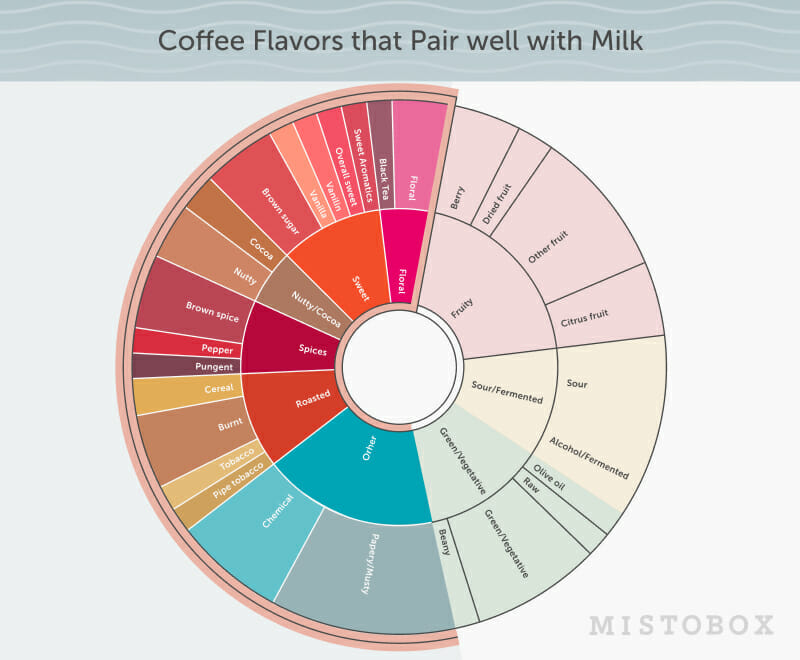
In general, coffees that don’t have high acidity, citrus, or fruit-like flavors agree with milk better. These coffees fit into our chocolate or earthy flavor profiles. If you enjoy the intensity of a dark roast but want to cut some of the bitterness, milk makes the perfect companion. If you enjoy a more mild cup with a lot of creaminess and natural sweetness, a medium to medium-dark roast coffee with low acidity is a great choice. Coffees that are roasted specifically for espresso are also great options to brew with drip and filter coffee brewing methods. We find most espresso blends to be the ideal option for those that take their coffee with milk, cream, or sugar. This is because most espresso blends are intended for milk espresso drinks.
Alternative Milks
There are a range of alternative milks out there for those that do not like the taste of dairy, have allergies, are vegan, or are lactose intolerant. Unfortunately, curdling is a common issue with most non-dairy milks. How the acidity in hot coffee reacts to non-dairy milks can cause coagulation. Alternative milks contain different proteins and sugars. Remember that protein will determine how milk will react and foam with heat. The temperature changes can also affect how quickly curdling occurs.
If you are steaming or frothing milk, try taking the milk to a slightly lower temperature than you would with dairy milk. There are also many products out there made specifically for baristas. In these “barista series” non-dairy milk products, stabilizers are added to help with bonding and provide texture to the drink. If you are simply adding non-dairy creamer to hot coffee, try heating the alternative milk a bit before and while mixing in with the coffee. This should help reduce some of the curdling.
Alternative milks and taste
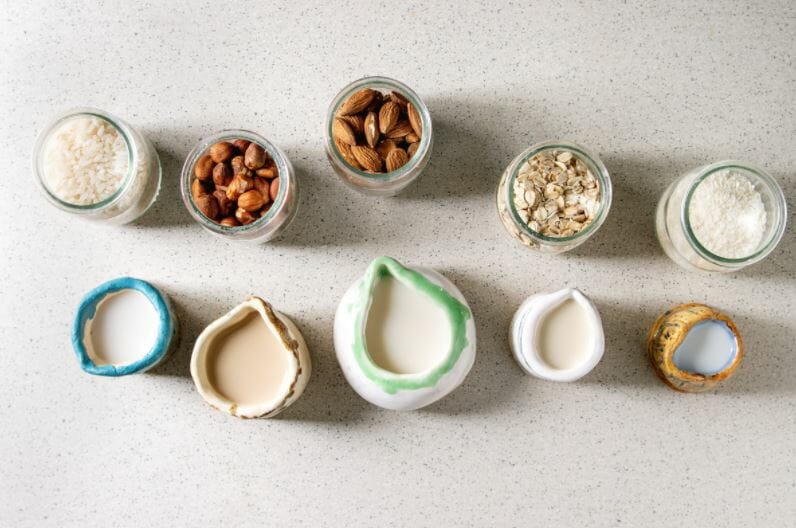
This may be obvious, but adding milk, dairy or non, will alter the taste of coffee. If you like your coffee to have a slight nutty characteristic you could try one of the nut milks such as cashew, almond, or coconut milk. Soy milk has a slightly mild and creamy flavor that is typically sweeter than other milk alternatives. Oat milk which is made from a mixture of oats and water has a naturally sweet, mild, and creamy characteristic as well. It has a relatively neutral flavor that mixes nicely with espresso. Whatever your preference may be there is a milk and coffee combination that will meet your expectations.
Staff tips for alternative milks:
- Keep milk fresh and refrigerated
- Never reheat
- Higher fat and protein content for more texture
- Do not heat milk past 140 °F
- Try slightly heating alternative milks before mixing in with hot coffee
- Choose a milk and coffee that is right for you
Staff Picks to Pair with your Favorite Milk:
Learn more about coffee and taste with our series check out our specialty coffee article, guide to coffee cupping, Guide to Popular Espresso Coffee Drinks or learning what influences coffee flavors?
Did you know we wrote an ebook? Check out the MistoBox Specialty Coffee Tasting Guide: A How-To Guide to Refine Your Coffee Tasting and Brewing Skills on Amazon.
